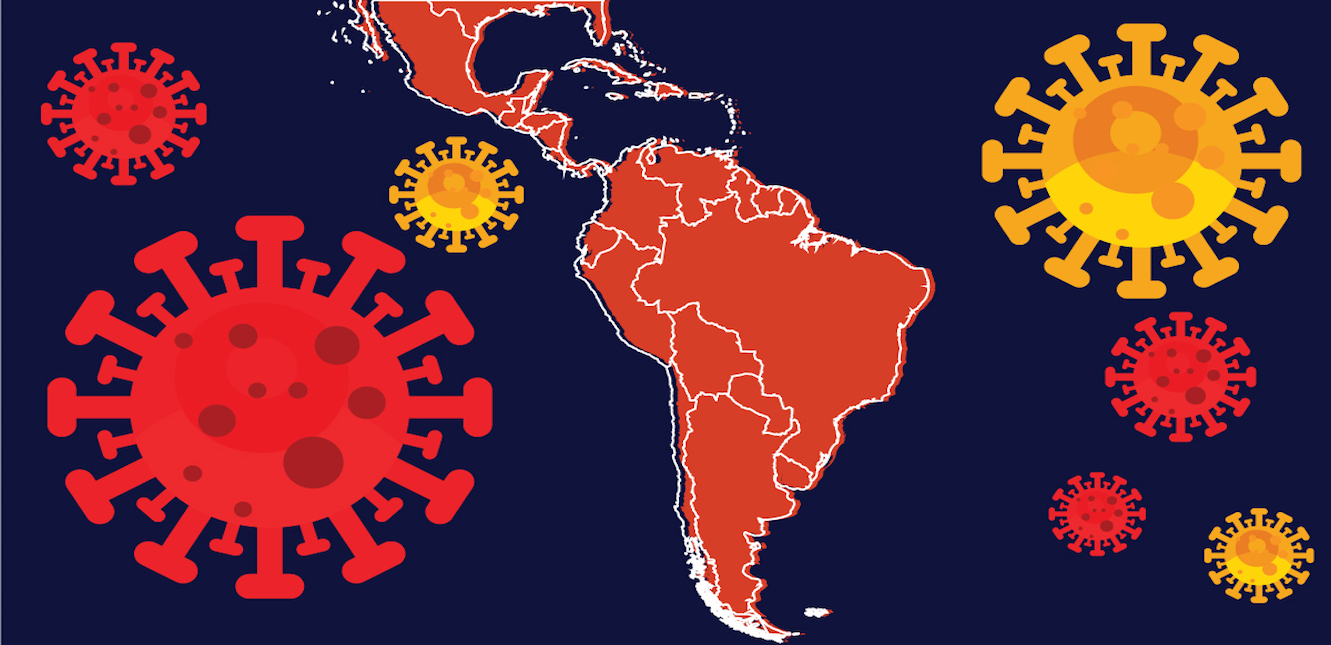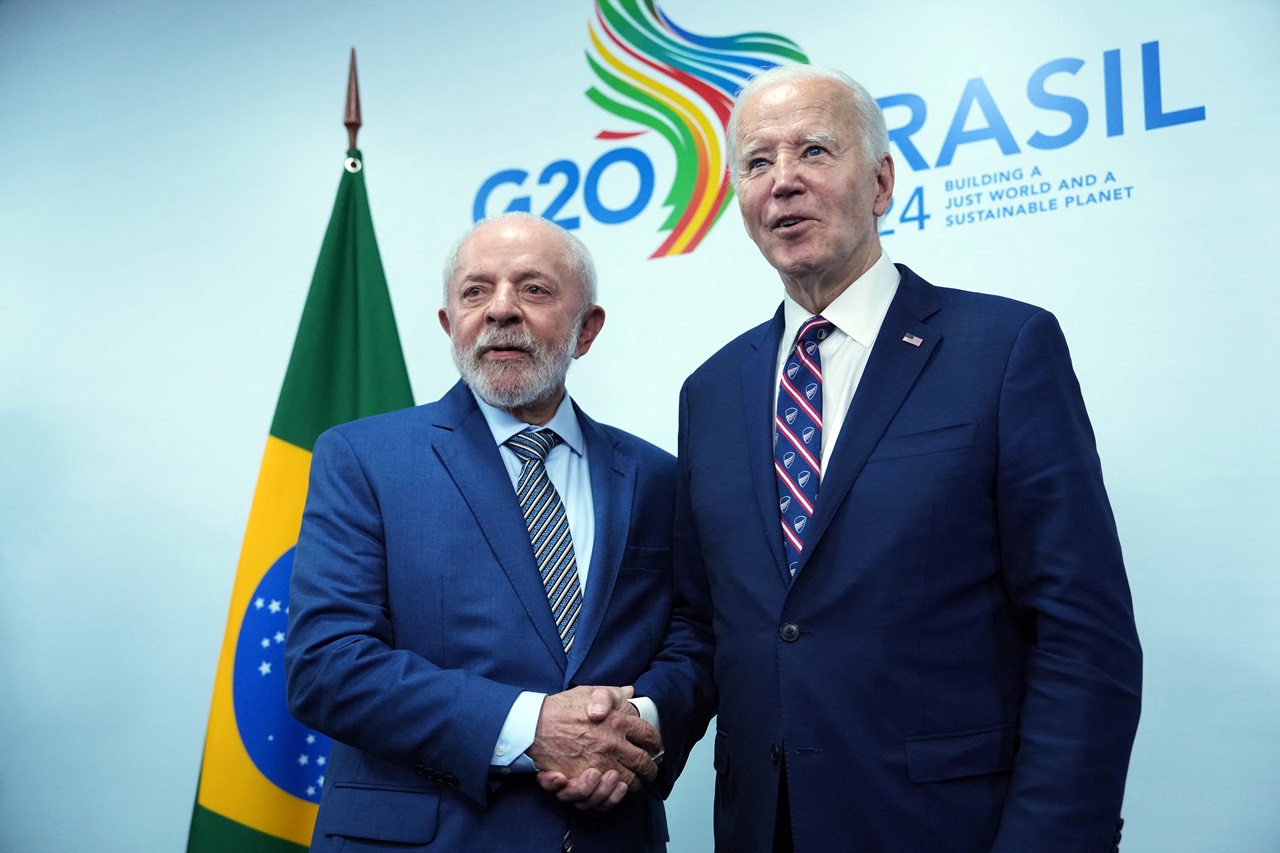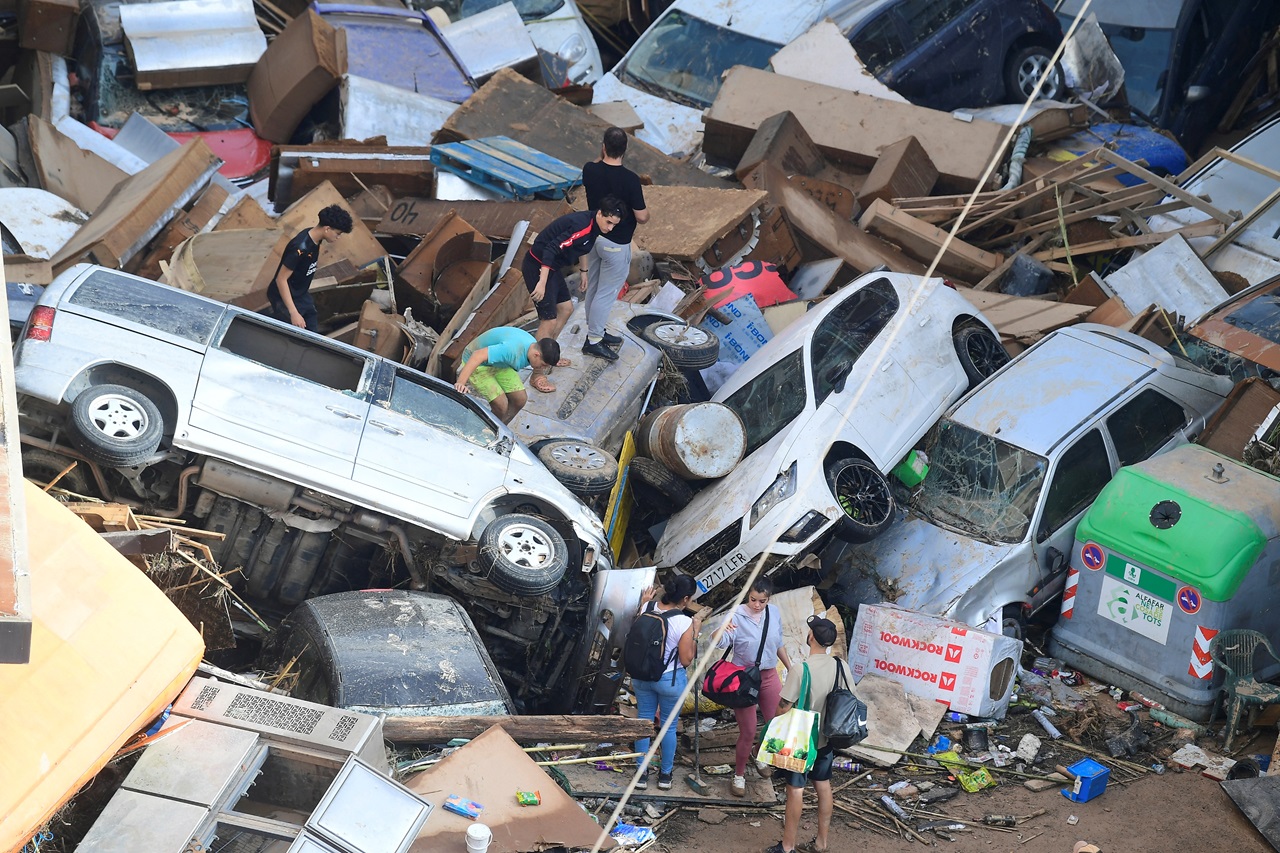
Countries in Latin America that are best controlling COVID-19
Latin America is becoming the new epicenter of coronavirus infections, but what are Uruguay and Cuba doing right in fighting the pandemic?
Latin America has garnered a lot of attention recently for the number of countries in the region that have done a reprehensible job at combating the ongoing global public health crisis surrounding the novel coronavirus.
Of the top 10 countries with the highest number of confirmed cases, four of them are in Latin America. In order they are: Brazil, Peru, Chile and Mexico.
Brazil is the second-worst affected country in the world and their president Jair Bolsonaro, tested positive for COVID-19 last week after months of demising the virus as “a little flu.”
Peru’s numbers are unexpectedly high as they imposed a lockdown, shut down borders and instituted a national curfew as early as March 16.
One of the reasons for Peru being the fifth-worst affected country in the world could be because 40% of the population does not have a refrigerator in their household.
The lack of cool storage forces many people from poor communities, who already do not have access to quality healthcare, to make frequent trips to crowded markets because they can not stock up on food if they have no way to preserve it.
Chile’s president Sebastián Piñera touted a low number of cases in April and made preemptive plans to reopen the country. Many Chileans have been forced to continue to go out for work as it took the government until late May to start to implement robust social aid programs.
Mexico has the world’s fourth-highest death toll and it mainly comes down to the country’s eagerness to reopen the economy and president Andrés Manuel López Obrador playing down the numbers.
“The other pandemic continues with the alarmism of the conservative press, which is a lot of yellow journalism. We have to keep informing because they compare us to other countries and it's not like they're making it known,” López Obrador said on Sunday.
Many governments may have gotten it wrong when it comes to the tactics used and timing for protecting its citizens, but Uruguay and Cuba have emerged as exemplary figures for the rest of the region.
Although Uruguay shares a border with Brazil it has still managed to keep below 1,000 cases and less than 35 deaths. These numbers have stayed low without strict quarantine measures.
On March 13, when Uruguay detected its first COVID-19 case, the government suspended all travel, canceled all public events and closed schools.
Other countries waited until they saw thousands of cases to implement these measures.
One of the most significant plans was to establish a Coronavirus Fund by having the president, ministers, legislators and public servants who make more than $1,800 a month take a 20% pay cut.
It was approved after President Luis Lacalle Pou had been in office for less than a month and with opposition support.
This allowed public funds to go towards having a fully-staffed contact tracing task force that was prepared by the start of the pandemic. An app was also developed that allowed people to request home visits and tests.
The country also avoided an obligatory quarantine because they recognized that punishments for breaking it would fall heavily on the poor as their lack of income would make them go out more. The poverty rate stood at 8.1% in 2018, which is better than its neighbors Argentina and Brazil.
The country of 3.5 million people was also helped by not having many large urban centers. Outside of Montevideo and Salto every city has less than 100,000 inhabitants.
But the biggest safety net for Uruguayans was their universal healthcare system because it lifted any economic barriers for those who needed medical care or those who wanted free testing.
The system is very robust because Uruguay spends 17% of its GDP on social services and it has made the country able to perform more tests, which gives them a more accurate count of cases.
RELATED CONTENT
Cuba has a population of 11.3 million people but it can only report 2,426 cases and 87 deaths as of July 13.
Staff has not been hard to find as the island has the highest doctors per capita ratio in the world with 8.4 per 1,000 residents. They have been going door-to-door to perform tests and check up on those who were infected.
The personnel overload is so much, that the country still manages to keep their tradition of sending medical units across the world to countries with low resources. Twenty-nine thousand Cuban doctors are currently working in 59 countries to fight coronavirus.
Cuba’s state-controlled economy also allows them to move resources quicker without the interjection of private companies.
Like Uruguay, they also have universal health coverage but their system was preparing for the pandemic two months before the first case had been detected on the island.
The effects of the virus change over time, but Cuba has continued to adapt accordingly.
“When face-masks and physical distancing proved insufficient to keep public transport safe, services were suspended and state and private vehicles and drivers were hired to transport patients and essential workers,” wrote Yander Zamora for The Conversation.
There is a fear on the island, however, that their economic situation could be worsened by the coronavirus.
Tourism was a significant part of the Cuban economy, but a total shutdown has made it lose that revenue.
Ever since 2016, Cuba’s ally, Venezuela, has cut the amount of subsidized oil they sent to them by 20%. This has also led to the island not being able to invest in new infrastructure and housing developments, which are crucial if there is to be adequate social distancing.
Venezuela’s state run oil company, PDVSA, has recently ramped up its shipment of oil to Cuba due to the strict sanctions that the Trump administration has put in place since taking office to undo the advancements made in diplomacy and trade under his predecessor.
Both Cuba and Uruguay serve as models to follow for a region that has been struggling with all aspects of the pandemic. Their low case numbers are impressive, but they are cautious about declaring victory ahead of what the virus might bring in the fall.











LEAVE A COMMENT:
Join the discussion! Leave a comment.